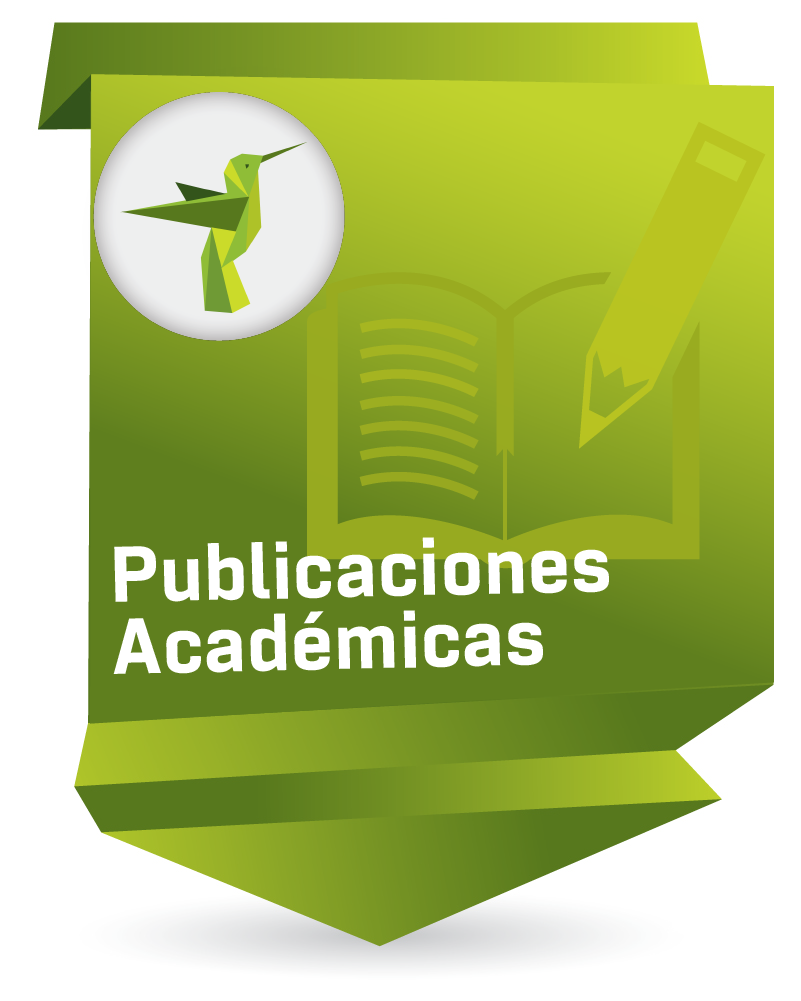Repercussions of the COVID-19 pandemic from the childrens’ perspective

Item Links
URI: http://hdl.handle.net/10818/46622Visitar enlace: https://aquichan.unisabana.edu ...
ISSN: 1657-5997
DOI: https://doi.org/10.5294/aqui.2 ...
Compartir
Statistics
View Usage StatisticsBibliographic cataloging
Show full item recordAuthor
Barros de Souza, Jeane; Potrich, Tassiana; Netto de Brum, Crhis; Schülter Buss Heidemann, Ivonte Teresinha; Spiegelberg Zuge, Samuel; Lago, Ana LúciaDate
2020-12-04Abstract
Objetivo: comprender las repercusiones de la Coronavirus Disease 19 (covid-19) desde la perspectiva de niños en edad escolar.
Materiales y método: estudio cualitativo, tipo acción participante, fundamentado en los supuestos teórico-metodológicos de Paulo Freire. Participaron 10 niños residentes en la costa de Santa Catarina, Brasil, a partir de un círculo de cultura virtual realizado en julio de 2020. Se realizó analogía con el lápiz de color para recorrer las etapas del itinerario de investigación.
Resultados: han emergido dos temas generadores para la discusión: las cosas buenas de la pandemia de la covid-19 y los “nos” de la pandemia. En el primer tema, destacaron más tiempo con la familia y fortalecimiento de los vínculos familiares, cercanía con mascotas y autocuidado. En el segundo, señalaron la imposibilidad de jugar con los amigos, celebrar los cumpleaños y abrazar a las personas.
Conclusiones: los niños identificaron puntos positivos y negativos vividos durante la pandemia y desvelaron los retos de transformar los momentos de aislamiento social en espacios de cercanía familiar, aun restrictos a sus hogares. Objective: To understand the repercussions of Coronavirus Disease 19 (COVID-19) from the perspective of schoolchildren. Materials and method: A qualitative study, of the participant action type, based on Paulo Freire’s theoretical and methodological precepts. The participants were 10 children living in the coastal area of Santa Catarina, Brazil, from a virtual culture circle held in July 2020. An analogy was made with the colored pencil to go through the stages of the research itinerary. Results: Two generative themes emerged for discus-sion: the good things of the COVID-19 pandemic and the “cannots” of the pandemic. In the first theme, they highlighted more time with the family and strengthening family ties, proximity to pets, and self-care. In the second, they pointed out the impossibility of playing with friends, celebrating birthdays and hugging people. Conclusions: The children identified positive and negative points experienced during the pandemic and unveiled the challenges of transforming moments of social isolation into spaces of family proximity, although restricted to their homes.
Keywords
Ubication
Aquichan, 20(4), e2042

















